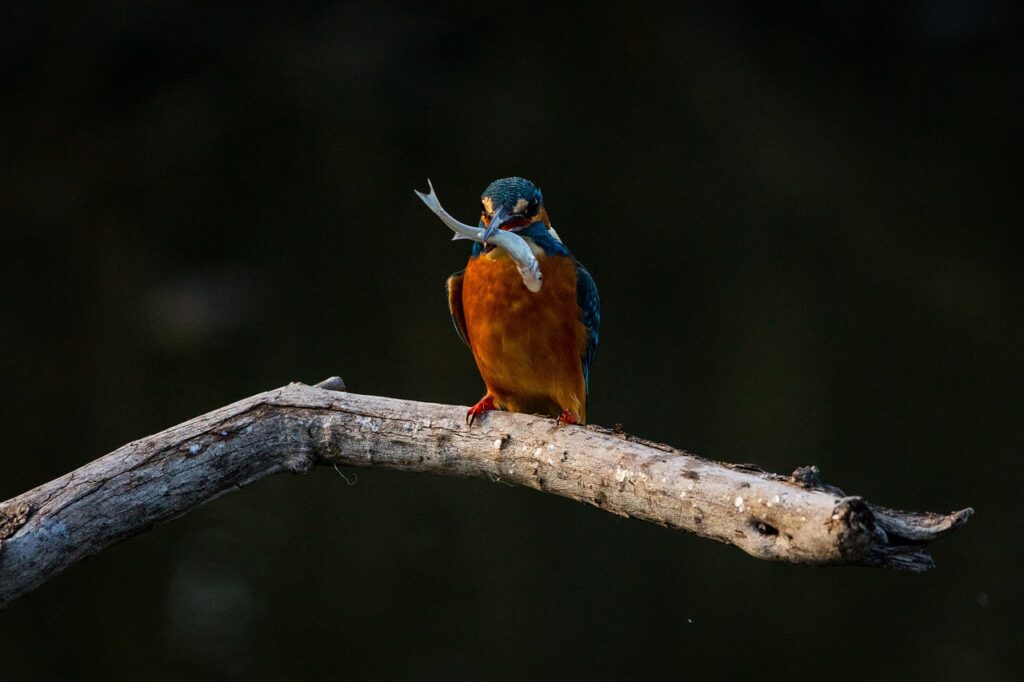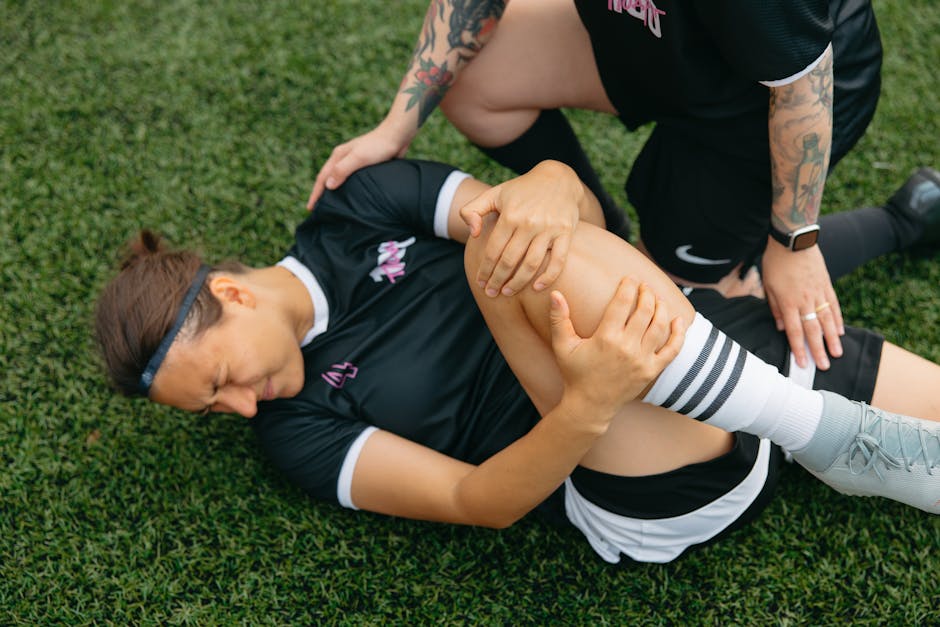Yellow Jacket Queen vs Drone
Yellow jacket colonies consist of a queen, workers, and drones, each with distinct roles in ensuring the colony’s survival and growth. The dynamics between the queen and drones during mating season are essential for colony development and ensuring genetic diversity. Here’s how the yellow jacket queen and drones differ in their mating behaviors:
Yellow Jacket Queen
The queen yellow jacket is the primary reproductive female in the colony, responsible for laying eggs and maintaining the population. Unlike worker yellow jackets, the queen has fully developed reproductive organs and can mate with multiple drones to fertilize her eggs. The queen releases pheromones to attract drones during mating flights, engaging in midair copulation to fertilize her eggs. After mating, the queen returns to the colony to lay eggs that will develop into workers, drones, or new queens, depending on environmental conditions. The queen’s ability to store sperm from multiple mating flights allows her to control the genetic diversity within the colony and adapt to changing circumstances.
Yellow Jacket Drone
Drones are male yellow jackets whose primary role is to mate with the queen during her mating flights. Unlike the queen, drones do not have stingers and are solely focused on mating to pass on their genetic material. Drones compete fiercely to mate with the queen, with only a select few succeeding in fertilizing her eggs. Once a drone successfully mates with the queen, it dies shortly after, completing its reproductive role in the colony. Drones play a crucial role in ensuring genetic diversity within the colony, enhancing its resilience to environmental pressures.
Conclusion
In conclusion, the distinct mating behaviors of yellow jacket queens and drones highlight the intricate social structure and reproductive strategies employed by these fascinating insects. By understanding how queens and drones interact during mating season, researchers can gain insights into the genetic diversity and adaptability of yellow jacket colonies. As we continue to unravel the mysteries of yellow jacket behavior, we deepen our appreciation for the complex and interconnected world of these industrious insects.

 Danielo Fleischeronic is the visionary founder of Awesome Football Network, a premier destination for in-depth football coverage and analysis. His commitment to the sport is reflected in the platform's rich content, which includes breaking news, match analyses, and expert commentary. Danielo’s extensive knowledge and passion for football drive the network’s mission to provide fans with the latest insights and updates from around the world.
In addition to his role as founder, Danielo is also an accomplished article writer. His writing covers a broad spectrum of football-related topics, from tactical breakdowns to player profiles, offering readers a comprehensive understanding of the game. Through his work, Danielo aims to enrich the football experience for enthusiasts and professionals, making Awesome Football Network a trusted resource in the football community.
Danielo Fleischeronic is the visionary founder of Awesome Football Network, a premier destination for in-depth football coverage and analysis. His commitment to the sport is reflected in the platform's rich content, which includes breaking news, match analyses, and expert commentary. Danielo’s extensive knowledge and passion for football drive the network’s mission to provide fans with the latest insights and updates from around the world.
In addition to his role as founder, Danielo is also an accomplished article writer. His writing covers a broad spectrum of football-related topics, from tactical breakdowns to player profiles, offering readers a comprehensive understanding of the game. Through his work, Danielo aims to enrich the football experience for enthusiasts and professionals, making Awesome Football Network a trusted resource in the football community.
